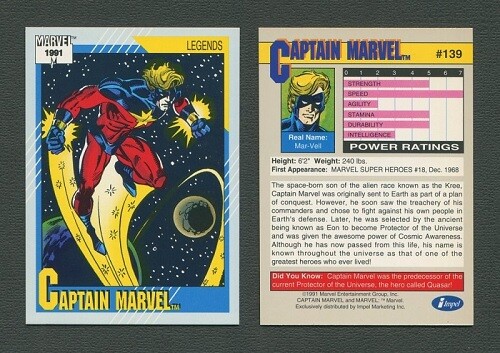Current Marvel movies may not be as self-serious as DC’s ones, but they demonstrate the changing attitude toward superheroes via their obsession with continuity. Back in the ’60s and ’70s, comics were still seen as a disposable medium by most people. You read the comic, then you threw it into a pile of newspapers and supermarket flyers — only porno mags were worth keeping around. This carried over to superhero movies, in that no one really cared about whether Adam West’s Batman and Christopher Reeve’s Superman existed in the same universe or if their respective series were building up to a greater narrative. You watched them, enjoyed them, and flushed the memory from your mind to make more space for disco dance moves.
Today, even Men’s Health is writing Hawkeye recaps and “Is Kingpin going to be on the show?” pieces. Marvel not only encourages keeping close track of all the minute details and connections between their properties, but they actually made it part of their business model (hence stuff like post-credits scenes, cameos, Eater egg-packed trailers, etc.). Each tiny piece of spoilery information about an upcoming Marvel project counts as news now. Thanks to the internet and the success of the superhero genre, every other website now trades in the kind of arcane knowledge once confined to trading card power charts.
Marvel Comics
Imagine explaining to someone in 1981 the level of detail that surrounds modern superhero films or the fact that you have to keep track of 15 different franchises to truly understand what’s going on. They’d demand your lunch money and walk away.
On the other hand, imagine the internet’s reaction if Heath Ledger had a visible mustache under his Joker make-up throughout The Dark Knight. Again, you couldn’t get away with something like that today, or with doing a Batman movie where we find out there are penguins living under Gotham City, and they can be trained to carry missiles on their backs.
Before superheroes became a massively profitable industry and dominated the media, there was a freedom born out of not really giving too much of a crap about them because everyone in Hollywood thought it was utter nonsense not worth losing any sleep over. That’s why modern Hollywood struggles so much with Superman in particular — it used to be much, much easier to convince people that a man can fly. It comes down to something Grant Morrison, one of the best modern superhero writers, once said, which not many of their colleagues seem to understand:
“Kids understand that real crabs don’t sing like the ones in The Little Mermaid. But you give an adult fiction, and the adult starts asking really #@%&ing dumb questions like ‘How does Superman fly? How do those eyebeams work? Who pumps the Batmobile’s tires?’ It’s a #@%&ing made-up story, you idiot! Nobody pumps the tires!”
Now, we’re not saying we want the next Superman movie to go back to the amnesia-kissing, Earth-reversing, Tower of Pisa-trolling version, but a little bit a dumb fun here and there wouldn’t hurt. In short: c’mon, let him throw the cellophane S again, even if it’s only once per movie.
Follow Maxwell Yezpitelok‘s heroic effort to read and comment on every ’90s Superman comic at Superman86to99.tumblr.com.
Top image: Warner Bros. Pictures

